5 of the World's Most Threatened Forests
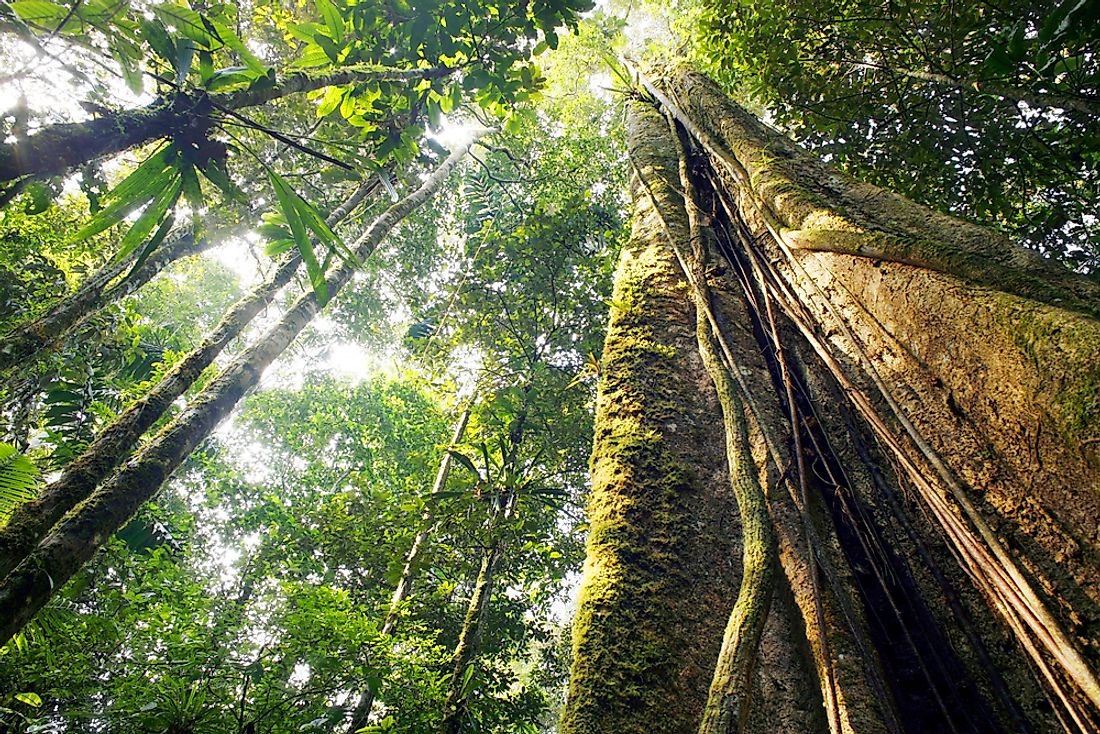
Forests are critical elements of the natural environment. They support biodiversity, serve as water catchment areas, and prevent soil erosion. However, human activities have caused the destruction of many of the forests on Earth. Several forests have been identified by the World Wildlife Fund as facing the highest risk of human destruction today.
Conservationists and scientists have raised the alarm over some of the effects of destroying forests. The loss of forests is identified as one of the triggers of climate change as trees store carbon dioxide, which is a greenhouse gas. When trees die, the stored carbon is also released into the atmosphere. The destruction of forests also affects ecosystems since animal and plant species become vulnerable to human activities.
5. Congo Basin
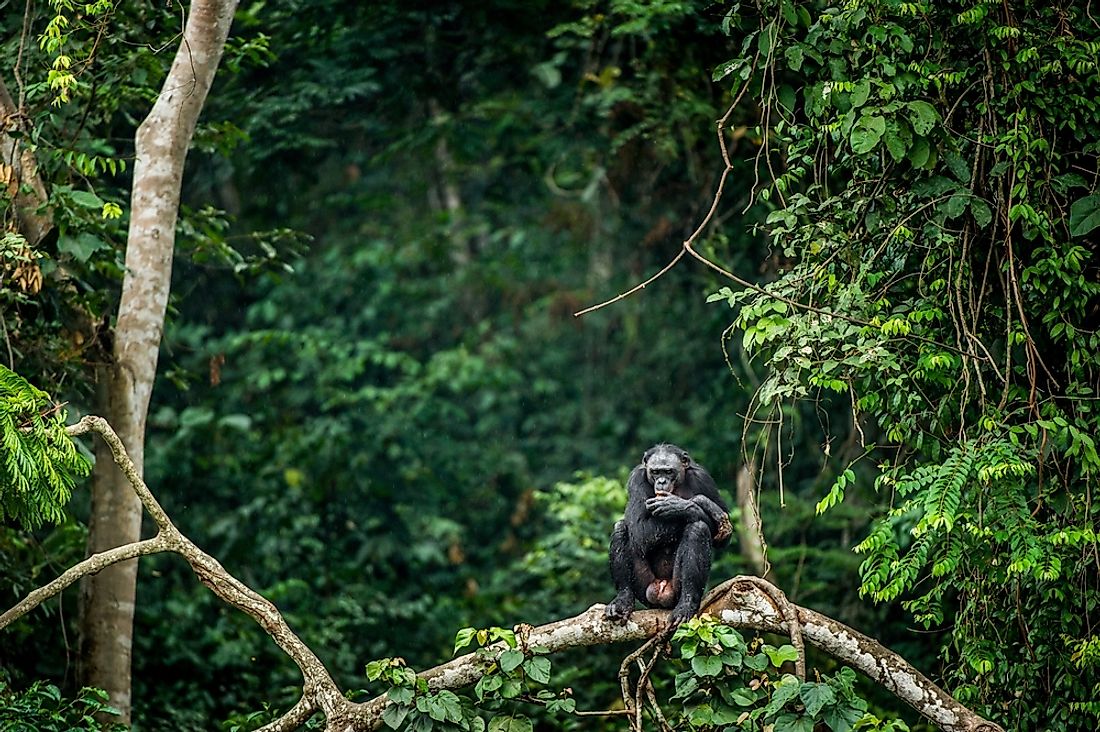
The Congo Basin Forest ranks only second to Amazon regarding size. The Congo Basin, at 500 million acres, is recognized as one of the world’s most important ecosystems. Animals such as gorillas, buffaloes, elephants, chimpanzees, and nearly 1,000 bird species call the forest home. The Basin stretches through the African nations of The Republic of Congo, Central African Republic, Democratic Republic of Congo, Cameroon, Gabon, and Equatorial Guinea. Among the threats facing the forests are mining, charcoal fuel, logging, road development, and population pressure. Parts of the forests are protected by conservation areas such as Virunga National Park in the DRC. However, political instability, armed conflict, and poor governance have crippled conservation efforts.
4. Eastern Australia
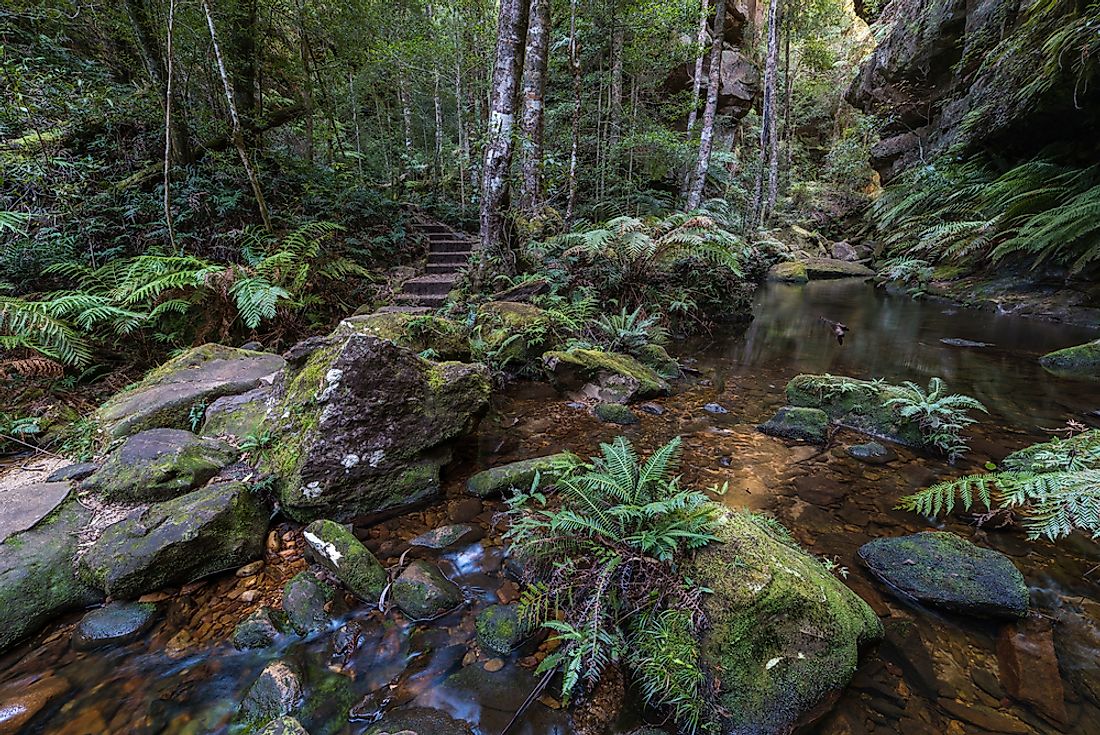
Eastern Australia is home to coastal forests which extend from the southern part of Sydney to Cairns. The forest is one of Australia’s hotspots, and 150 endemic vertebrates call it home. Nearly 70% of the forests in Eastern Australia have been disturbed or cleared. Primary factors contributing to this loss are pasture for livestock, logging, and mining. The forests have been primarily protected by several state and federal laws and regulations.
3. Amazon
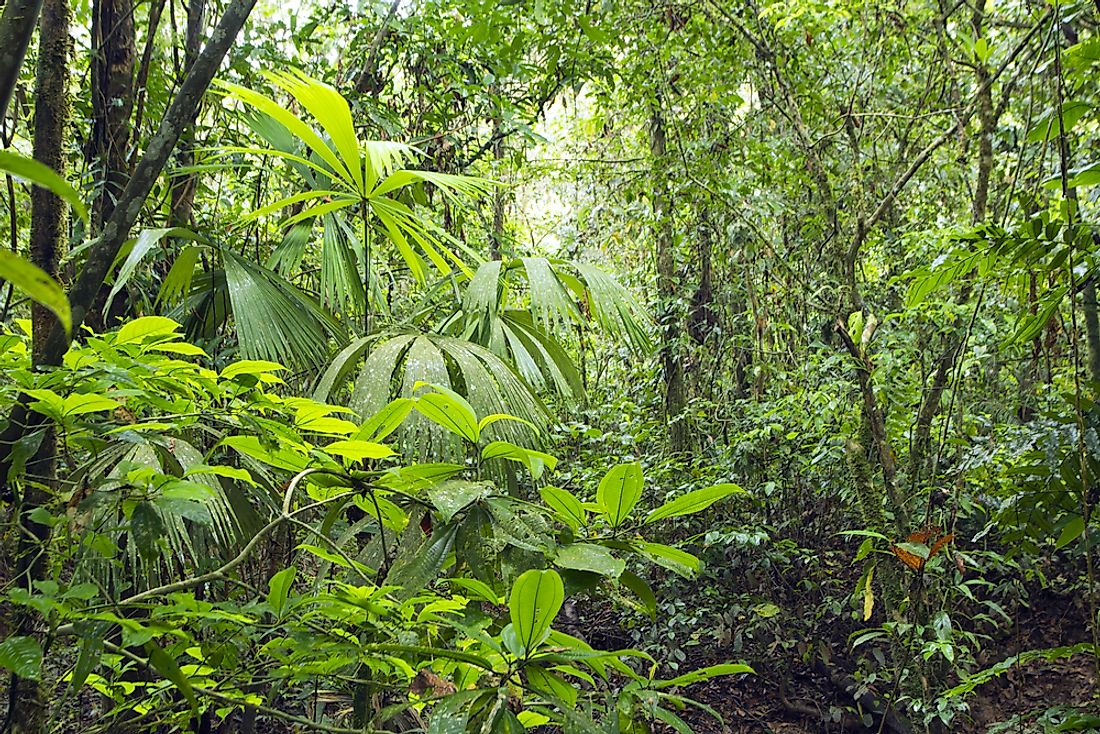
The Amazon forest occupies an area of 2,123,562 square miles and is the world’s largest and most extensive rainforest. It is located in South America’s Amazon basin and straddles the countries of Brazil, Peru, Colombia, Suriname, Venezuela, French Guiana, Ecuador, Guyana, and Bolivia. 16,000 tree species have been recorded in the forest which has approximately 390 billion individual trees. Destruction of the forest commenced in the 1960s when land was being cleared for agriculture. Cattle ranching have also facilitated the forest’s degradation. Community-based conservation efforts have been implemented, and some indigenous communities such as the Urarina have been at the forefront of fighting to save the forest.
2. Sumatra
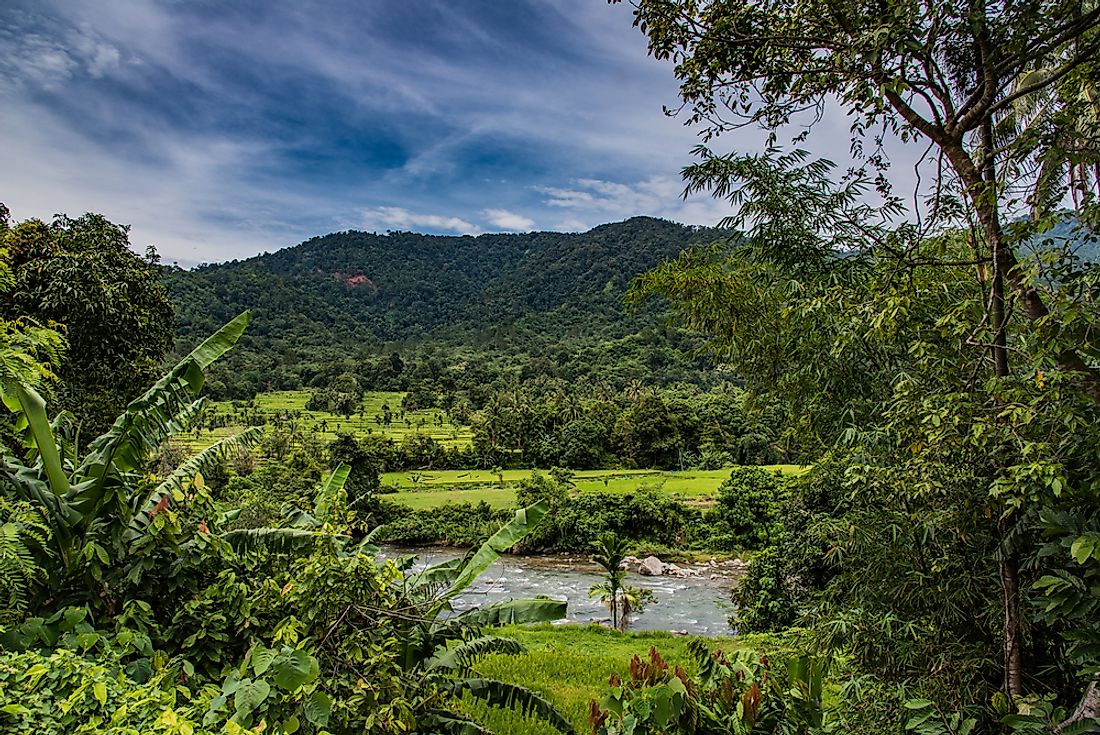
Another Indonesian Island of Sumatra is home to an extensive tropical rainforest. The forest is especially unique because it is the only region where elephants, tigers, orangutans, and rhinos are found living together. Other animals found in the forests include the clouded leopard, proboscis monkey, Sumatran ground cuckoo, and the sun bear. These animals face an uncertain future considering the rate at which the island’s forests are being cleared. Illegal and commercial logging is widely practiced in the region as is poaching and hunting which threaten the sustainability of some animal species. Oil palm plantations now occupy many parts which were formerly occupied by forests. The Indonesian government has facilitated the creation of over ten national parks to protect the island’s biodiversity.
1. Borneo
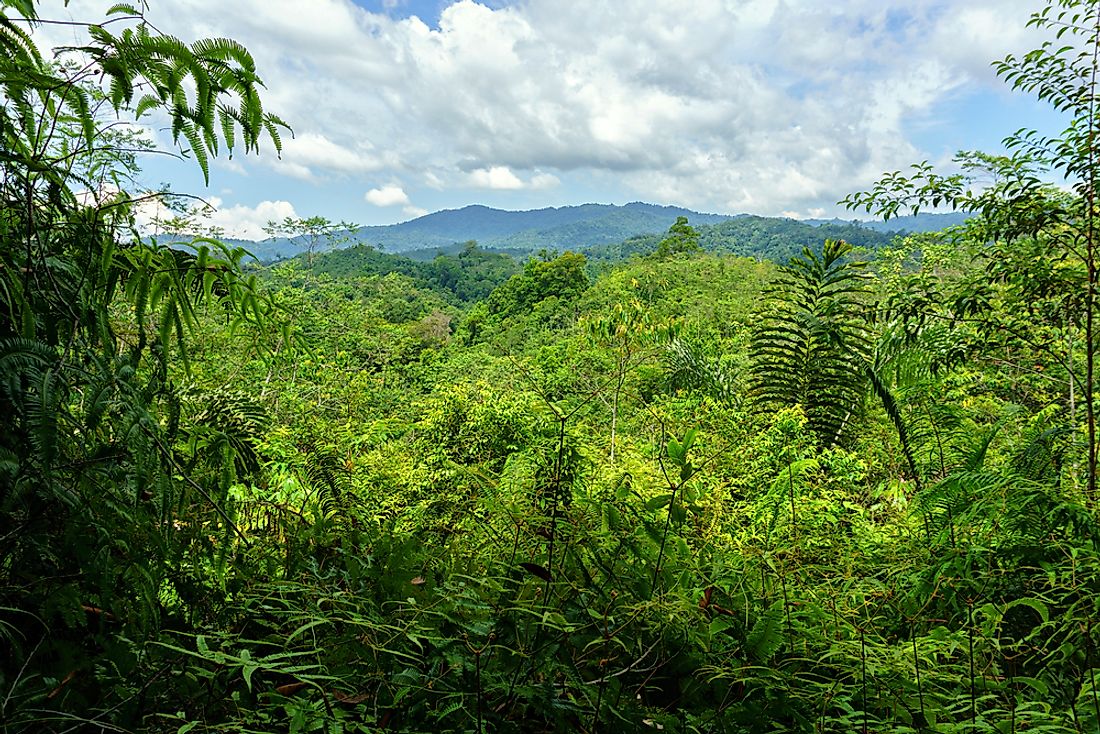
Borneo Island, the world’s third largest, is home to the Borneo Rainforest. The forest is about 130 million years old, which make it older than the Amazon. The forest supports 6% of global diversity and is home to animal species such as gibbons, pygmy elephants, and orangutans. In 1950, most parts of Borneo were covered in the rainforest, but this is no longer the case. Logging is rampant in Borneo due to the associated economic benefits. Huge chunks of the forest have been cleared for oil palm plantations and mining. In 2007, Indonesia, Malaysia, and Brunei, which all have territories in Borneo, committed themselves to the Heart of Borneo Initiative. The initiative benefits from the support of NGOs, and it seeks to manage the forest in a sustainable way.











